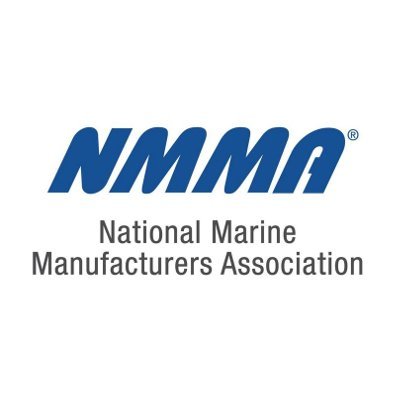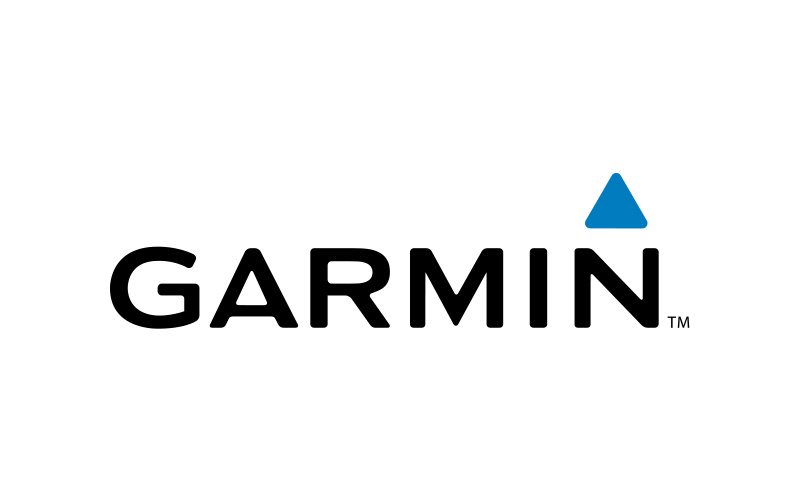Record growth highlights steering and controls segment
Despite the spiraling costs of raw materials and fuel prices, technological advances continue to spark the growth and performance in the steering and controls segment of the marine industry.
And not surprisingly, a couple of these companies have experienced record growth already in 2006, considerably higher than their performances in previous years.
Two primary examples are Digital Switching Systems, part of the DNA Group, and Uflex.
“Speaking specifically to the controls side of the market because that’s what we do,” said Ken Wood, vice president and general manager of DSS, “it’s certainly not a question of whether or not somebody is going to put sophisticated controls in, but when they are going to do it. This part of the marine industry is going the way the auto industry has been going for a long time. There is a migration toward more sophisticated dashes that incorporate higher technology and most of the boat builders are starting to see that now.”
Speaking for DSS, Wood said “We’re seeing fantastic growth as far as new customers to digital switching systems. We’ve got perhaps a 75-percent increase in our customer base alone already this year, and it looks like our revenues will be up by 25 to 30 percent this year. Putting a new customer in is a leading indicator of revenue and many of them are putting these systems on higher-end boats.
“One of the main advantages of digital switching is you can get significantly more electronic circuit flexibility in features that you cannot get with mechanical, such as raising and lowering cabin lights, circuit timers, and it just makes it much more convenient.”
But DSS isn’t alone in increasing its customer base. Uflex is enjoying similar success so far in 2006 as well.
“I would say business has been dynamic,” said Bill Michel, general manager of Uflex. “Although we are starting to see the impact of higher gas prices, the first half of 2006 we saw the biggest percentage of growth we’ve had since we started in 1989. Some of this was due to new products and some of it was due to expanding our share at the aftermarket level.
“We’re about half and half, one half with OEMs and the other half with the aftermarket. But, either way, we’re substantially ahead of last year and it’s the single best growth year in company history — double digit growth.”
At Kobelt Manufacturing in British Columbia, Mark Tilschner, senior sales and marketing director, said the sales end of the business so far this year has been going very well. Kobelt, he said, divides its business between the aftermarket and OEMs, with about 70 percent of it coming from the aftermarket.
“The large part of our business is in the electronic controls market,” Tilschner said. “Our focus, at least for next year, will be to grow the OEM side of the business. If we were more involved with the OEM business, new boat sales would have more of an affect on us, but it has not had so far.”
As far as future growth is concerned at Kobelt, other than increasing the OEM side, Tilschner said, “We all know, boats, ultimately, are purchases by those with additional money and the economy has a direct affect on our business. Terrorism throughout the world, the stock market, all of these things could affect the marketplace. But we remain optimistic about our future.”
ZF Marine has seen moderate growth, according to Martin Meissner, marketing and communications manager of the Germany-based company for the United States.
“The target for our products is for medium and large yachts,” said Meissner. “Although we’ve had considerable success with SmartCommand, the product we introduced late last year, we think it’s still in the awareness stage and people are just now getting to hear about and getting experience on it either in a test boat or on a friend’s boat.”
SmartCommand provides boat operators with electronic control over mechanical or electronic engines and was unveiled last fall at the Fort Lauderdale Boat Show. Two of ZF’s primary features are Autotroll and Easy Dock, the latter of which makes for much easier maneuvering of a vessel when coming into a harbor or boat slip.
“We feel that the market is still strong with pleasure craft 40 foot and beyond, but we’re also in a position where more and more boat manufacturers are producing boats with electronically controlled engines. As a result, they need a control system that’s compatible and SmartCommand works across the board,” Meissner said.
At Teleflex, where steering and controls are the primary focuses of its business, the company continues to provide the best of hydraulic and mechanical variations that will enhance not only the OEM market, but the aftermarket as well.
“Although Teleflex is OEM-focused, we’re not fully reliant on the number of boats being sold each year,” said Paul Smith, president of Teleflex. “We are focusing on more content per boat.
“But our theme is that there are more hydraulic systems in boats than there ever was. There is more of a migration of smaller boats taking on hydraulic systems and that’s what brings us a net benefit. We all know that the boating industry has some issues right now, some areas are stronger than others, but we’re looking at it that adding new products, adding to the value of the boat, is what our target often is. It comes down to our ability to sell higher level systems.”
According to Eric Fetchko, chief technology officer of Teleflex, the boating industry is definitely moving toward electronic controls.
“It’s no big secret,” Fetchko said. “Our position is to be ready to deliver when the customer wants it and electronics is definitely the way to go, although it is adding cost to a boat. We definitely try not to drive costs up, but what we try to do is add value to the product at the same time. We simply want people to have a hassle-free boating experience.”
Teleflex, along with ZF, DSS, Kobelt and Uflex, will introduce new products at the IBEX show in Miami, but none of the companies was in the process of discussing them at this time.
Explained Uflex’s Michel, perhaps speaking for the others as well, “They are being field-tested as we speak and in the final phases, but none of which I can discuss right now. We want to be sure the products are definitely ready for the marketplace before we publicize them. But we will have some innovations at that show, both in steering and in the controls area.”
And innovation has been the primary impetus of growth in the steering and controls segment of the market, despite the inherent impediments of spiraling costs and inflation in general.
Michel said engine manufacturers, for the most part, are going more and more toward integration.
“If you’re working with engine manufacturers, it can represent an opportunity and if not it can represent a risk. But overall, you can’t deny that there are 77 million Baby Boomers that recognize boating or are boating more often, and more and more of them are getting involved. In the years ahead, I think that is a big part of our growth outlook.”
Perhaps, however, Tom Douglass, director of marine sales for Teleflex, best summarized the wave of the future and the key to success of the controls and steering segment of the marine industry.
“We all know that new world technology is so much more expensive than old world technology,” Douglass said. “While all of this technology is great and really does improve the experience of boating, it behooves all of us to bring all of our technology costs almost to where the impact of the cost of today’s boats is not going to be too much different than tomorrow’s boats.”
Sound advice, indeed.




